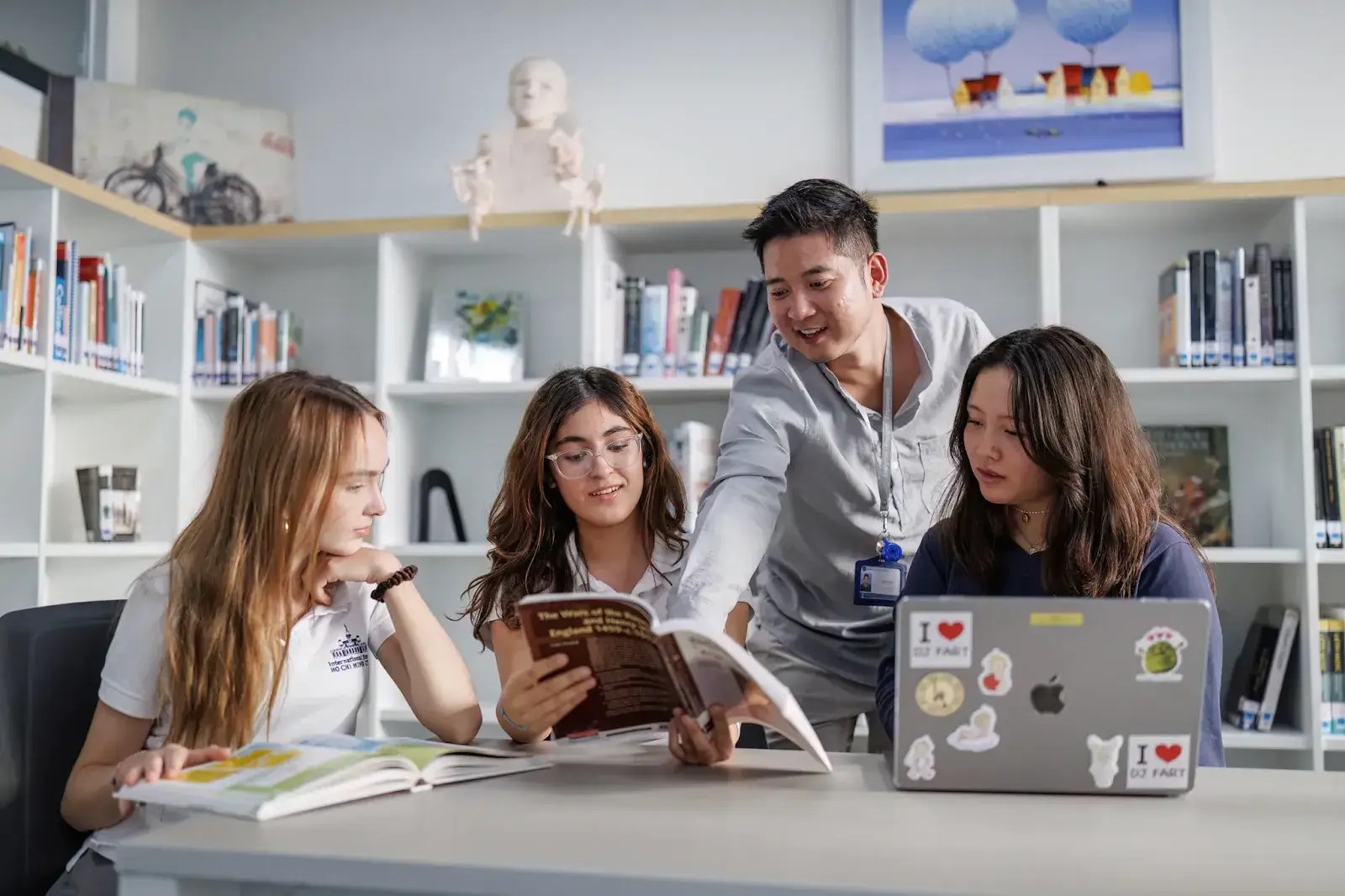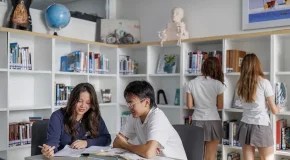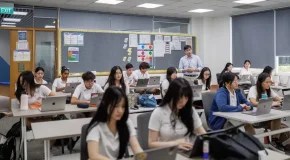7 Strategies to Create a Positive Learning Environment
A positive learning environment plays a powerful role in shaping how students behave, engage, and grow. When classrooms foster trust, autonomy, and curiosity, students feel safe to explore new ideas, contribute meaningfully, and develop as confident learners and leaders.
At the International School Ho Chi Minh City (ISHCMC), we believe how students learn is just as important as what they learn. Our International Baccalaureate (IB**)** curriculum is designed to nurture globally minded, emotionally intelligent, and academically capable individuals – starting with the environment they learn in.
This guide explores seven evidence-based strategies to create an inclusive, engaging, and high-performing classroom – strategies that are central to the ISHCMC experience.
Why a Positive Learning Environment Matters
The learning environment sets the tone for everything that follows. Positive classrooms promote strong relationships, emotional stability, and student initiative. When students feel supported, understood, and engaged, they show up with greater focus and motivation.
In contrast, a negative classroom environment often feels disconnected. Communication breaks down, and students hesitate to participate. Consequently, students lose motivation and may struggle to meet their potential.
These dynamics are especially critical in international school settings, like ISHCMC, where students come from diverse backgrounds and learning expectations vary. Learning environments must be intentionally inclusive, supportive, and structured to reflect international-mindedness and academic rigor.
7 Ways to Create a Positive Learning Environment in Your Classroom
1. Build Strong Student-Teacher Relationships
The foundation of a positive classroom begins with trust. Students are more likely to take academic risks and express themselves when they feel genuinely understood by their teacher.
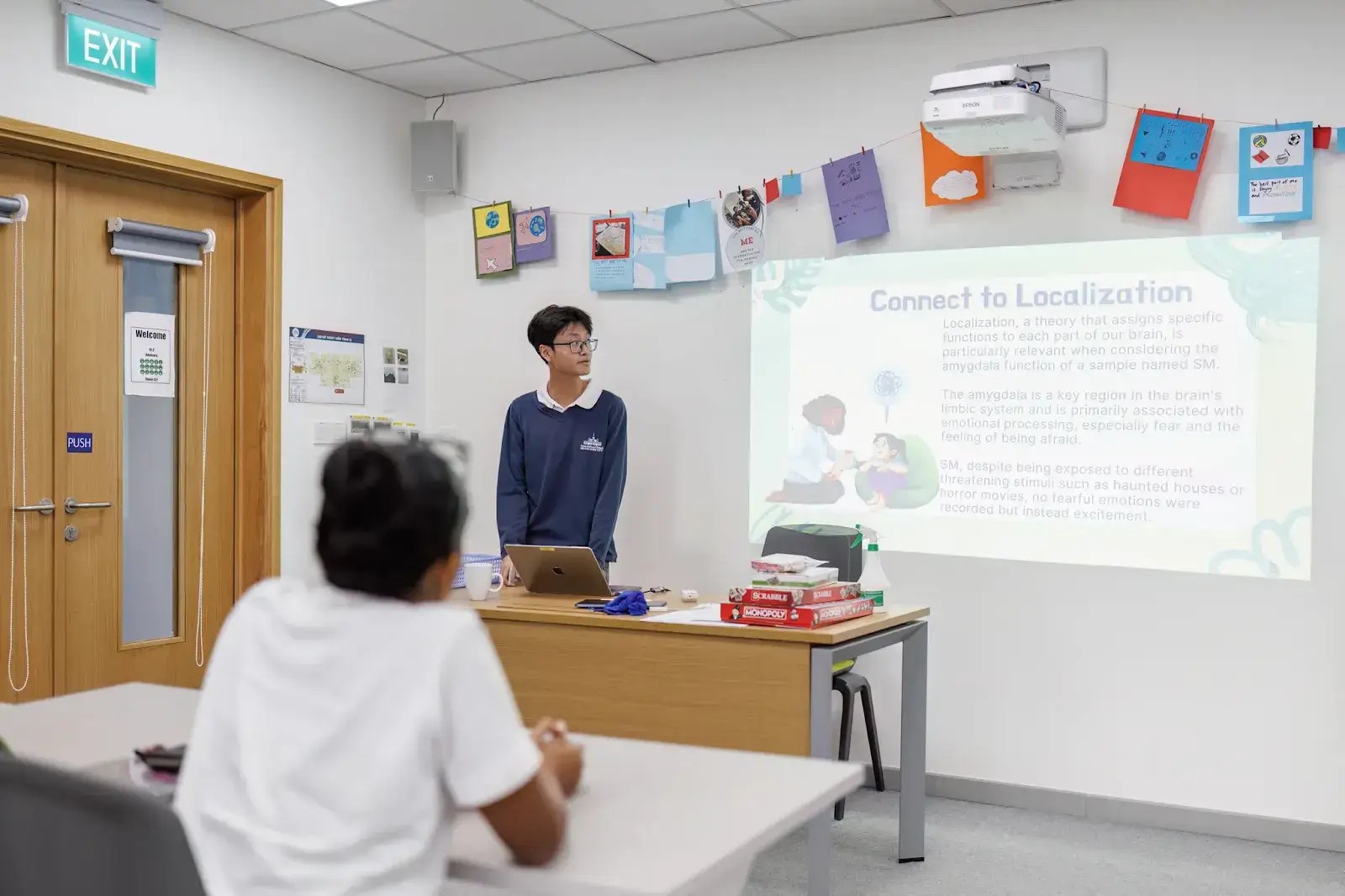
This relationship begins with:
- Meeting students personally each day
- Offering consistent, personalized feedback
- Listening actively and showing interest beyond academics
These behaviors gradually create a sense of security, allowing students to participate more openly and take initiative in their learning.
At ISHCMC, teacher-student relationships are carefully cultivated across all IB programs. In the Primary Years Programme (PYP), teachers nurture agency by allowing younger students to explore their interests. In the Middle Years Programme (MYP) and Diploma Programme (DP), mentors and academic advisors play an active role in helping students intellectually and emotionally grow.
2. Empower Student Voice and Choice
When students participate in shaping their learning, they develop ownership, motivation, and resilience. Encouraging student voices involves creating structured opportunities for reflection, contribution, and leadership.
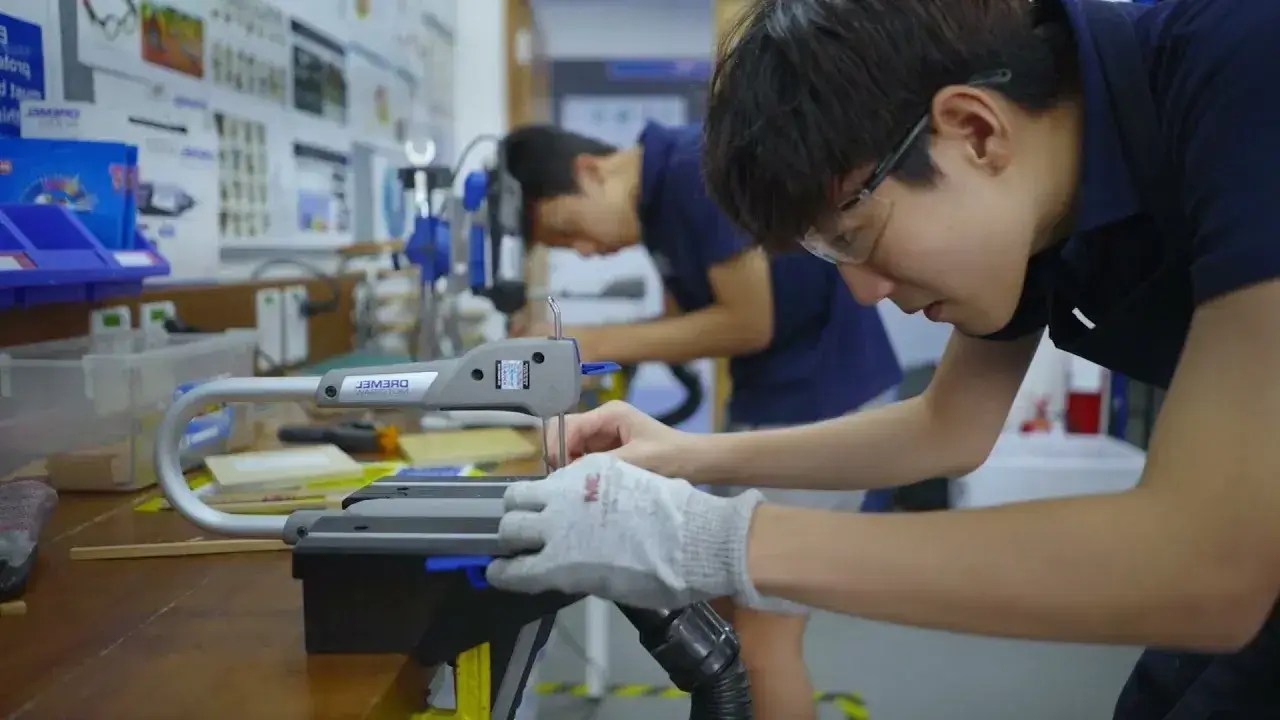
This can look like:
- Offering multiple formats for projects and assessments
- Co-creating classroom agreements
- Facilitating student-led conferences and reflection journals
ISHCMC’s inquiry-led model enables students from early years through high school to take the lead in their learning. Student voice shapes learning at every stage, from designing their own questions in the Primary Years Programme (PYP) to leading independent research projects in the Diploma Programme (DP).
3. Design Flexible Learning Spaces
Learning is a dynamic process. Static desks and rigid layouts limit student interaction and creativity. Educators encourage a more engaged and adaptive mindset by designing environments that support movement, collaboration, and sensory variation.

Effective learning spaces may include:
- Flexible seating arrangements
- Learning zones for reading, problem-solving, and creative work
- Writable walls and interactive boards
At ISHCMC, modern classroom design is central to how students learn. Open classrooms, movable furniture, and multi-functional spaces allow learners to transition between group collaboration and focused individual work. This flexibility supports cognitive engagement and mirrors how the real world operates.
4. Integrate Social-Emotional Learning (SEL)
Students need skills beyond academics, including emotional regulation, relationship-building, and sound decision-making. Social-emotional learning helps students develop self-awareness, empathy, and resilience.
In practice, SEL can be integrated through:
- Daily emotional check-ins
- Guided conversations about empathy and self-regulation
- Structured moments for gratitude, reflection, and peer feedback
ISHCMC embeds SEL across all age levels. Teachers use reflection journals, emotional check-ins, and collaborative exercises to help students understand themselves and others. This commitment supports long-term wellbeing and nurtures confident, connected learners.
5. Shift Feedback to Focus on Growth
Timely, actionable feedback helps students understand their progress and set new goals. Replace one-directional comments with two-way discussions. Ask questions, encourage revision, and praise strategies, not just outcomes.
Effective strategies include:
- Co-developing rubrics with students
- Highlighting strengths before suggesting improvements
- Celebrating effort, creativity, and collaboration
ISHCMC emphasizes formative feedback to deepen understanding. Students receive regular improvement guidance and are given time to act on it. Feedback serves as a tool for learning and growth rather than a final judgment.
6. Make Learning Relevant to Real Life
Students engage more deeply when they understand the real-world applications of what they learn. Relevance creates purpose, and purpose fuels motivation.
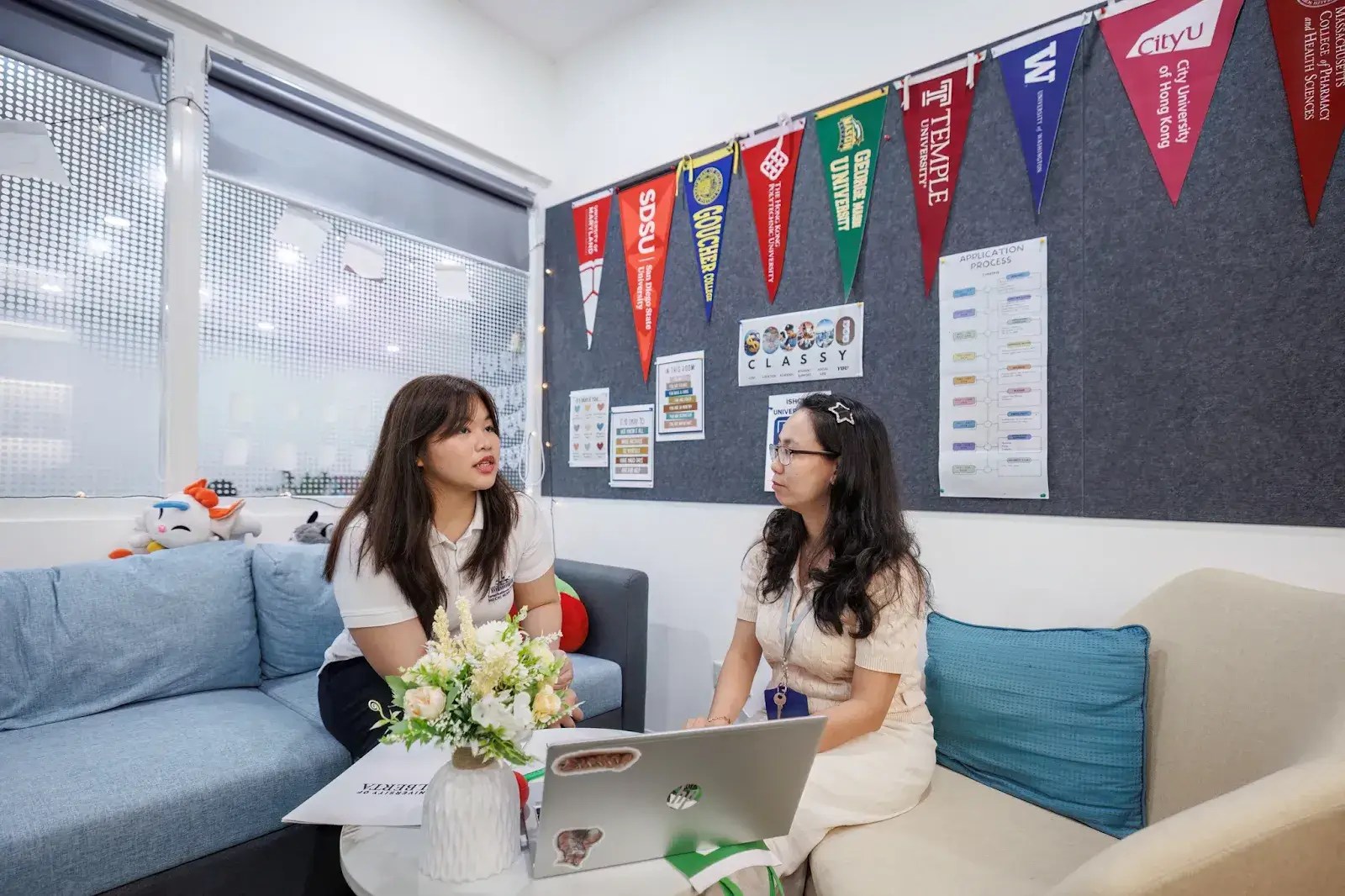
The right school will show evidence of:
- Case studies from current events
- Simulations and hands-on projects
- Cross-disciplinary challenges
ISHCMC integrates real-world applications into every level of the curriculum. Learners apply concepts in tangible, meaningful ways, whether it’s a Grade 10 sustainability project or a student-led business pitch. A recent example includes an ISHCMC student whose innovative design project was acquired by McLaren, demonstrating how classroom learning can drive global impact.
7. Foster a Culture of Belonging
Students feel valued in a positive classroom, which is especially important in multicultural environments. A culture of belonging supports emotional safety, active participation, and academic risk-taking.
To foster belonging:
- Celebrate students’ cultural backgrounds
- Use inclusive teaching materials
- Facilitate collaborative peer relationships
With students and faculty from over 60 nationalities, ISHCMC intentionally creates a diverse, inclusive environment where each learner contributes to the community. Language programs, intercultural learning, and globally connected projects allow students to embrace differences and build empathy.
Creating the Right Conditions for Learning
A positive learning environment stems from clear priorities, consistent actions, and belief in student potential. Your child learns best in an environment prioritizing strong relationships, real-world relevance, emotional growth, and adaptable learning spaces.
At ISHCMC, this philosophy shapes everything—from our open learning environments to our student-centered inquiry-based International Baccalaureate (IB) curriculum. We create spaces where students aren’t just prepared for the next grade, but for the world beyond school.
If you’re looking for an internationally-minded school where your child can grow with confidence, curiosity, and compassion, we invite you to explore ISHCMC.

